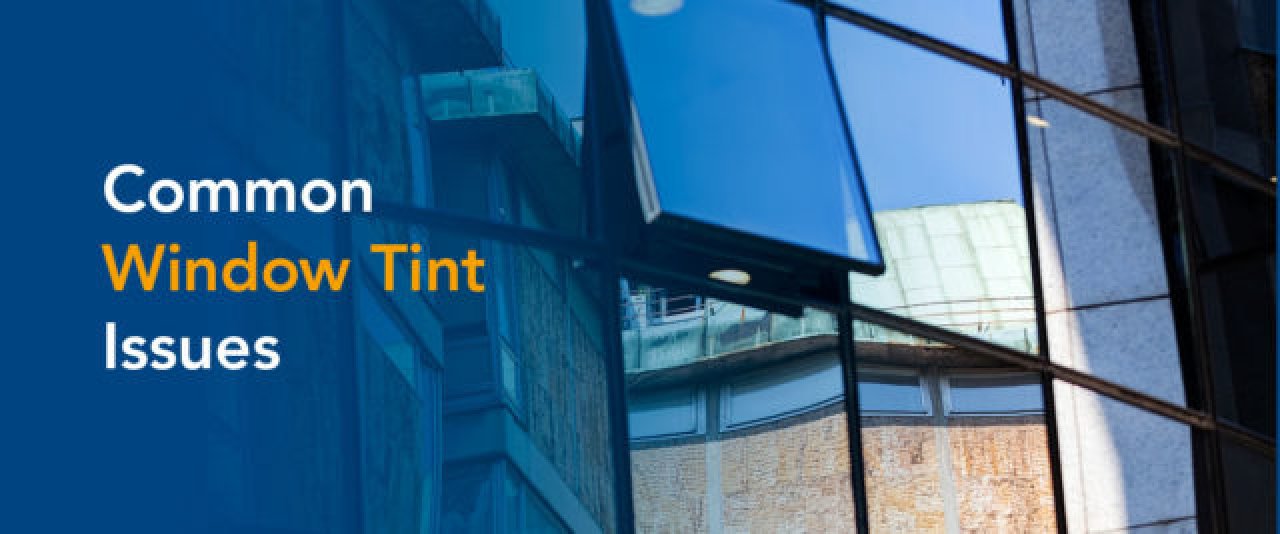Guide to Mirrored Window Film
Nov 14, 2022

By: David Smith
Whether you own a home or business, reflective film is a stylish way to increase your privacy and improve your energy efficiency. We’ve put together this guide to take you through the basics of mirrored window film, its benefits and uses and answer some of the most common questions.
About Mirrored Window Film
Like all the common types of window film, mirrored window film adheres to a window’s interior surface. It provides extra solar control and helps reduce glare, regulate the internal temperature and increase privacy.
Mirrored window film comes in two types:
Reflective: Reflective film absorbs and reflects solar energy instead of letting it pass through the glass. It gives windows an external mirrored appearance and internal tint, reduces glare and helps you keep a consistent indoor temperature. Reflective film is the type of mirrored window film you’re most likely to find in residential or commercial buildings.
Dual reflective: Dual reflective film works like a reflective film but blocks light and energy from both sides of the glass. Along with the benefits of reflective film, it also reduces the glass’s reflectiveness at night, giving you a clearer view of the outside.
Benefits of Mirrored Window Film
Adding reflective film to your home or business offers several benefits, from aesthetics to credits toward tax incentives. Some of the most significant benefits include:
Ultraviolet (UV) ray protection: Mirrored window film can block out up to 99% of UV rays. Reducing these rays helps slow fading for your furniture, walls and window coverings while helping protect your skin from sun damage.
Energy efficiency: While mirrored film won’t insulate your windows, it does help keep your interior cool as it reflects a majority of UV rays away. You’ll be able to reduce your air conditioning costs even during the warmest parts of the year.
Glare reduction: If you want to reduce the glare on your TV, computer or other devices without sacrificing natural light, mirrored window film is the answer.
Uses of Mirrored Window Film
Reflective film’s primary use in residential and commercial properties is to reduce the sunlight that enters the building. However, it has many more potential applications.
Residential
Mirrored window film has a variety of uses in the home:
Block the view inside: Use mirrored window film to protect your privacy while still letting the sunlight brighten your space. Reflective film is especially useful for ground-floor and bathroom windows. You can block people’s line of sight inside while still allowing the light in and maintaining your curb appeal.
Enhance the view outside: If you have a beautiful view outside your windows, adding reflective film can help you make the most of it. Along with reducing glare, the film’s tint will filter the light, keeping the brightness in check so you can enjoy the view.
Control your lighting: Choosing a reflective window tint for your home lets you decide how much light you want your windows to transmit. Neutral tints are a great way to enhance the natural lighting in a kitchen or sunroom while keeping the heat down. Alternatively, you can opt for a darker tint to give a room moody, atmospheric lighting.
Commercial
Reflective film also has multiple uses in a work environment:

Conceal employee-only areas: Mirrored window film offers a simple way to block customers’ view of off-limits spaces. Covering a glass partition can hide an office, storage area or employee break room.
Enhance privacy and security: Reflective film allows you to see out without people on the other side being able to see inside. Obscure private operations or give customers privacy as they visit your business.
Create a sense of light and space: Adding interior mirrored window film can make small spaces seem larger. The reflective surface will brighten the area and give the illusion of more space than you truly have.
Common Questions and Concerns About Mirrored Window Film
Do you have questions about how mirrored window film will work for you? If so, you’re not alone! Here are a few of the most frequently asked questions about adding this reflective film to your windows.
Does Mirrored Window Film Work at Night?
One-way mirrored window film is reflective on whichever side receives the most light. When it’s brighter outside than inside, the window’s exterior will be reflective, while its interior will only seem tinted. When there’s more light inside than out, the window’s exterior will be transparent and the interior reflective. Depending on how brightly lit your area is, you may want to protect your privacy by supplementing your one-way mirrored window film at night with shades or curtains.
You could also choose a reflective film designed to enhance nighttime views. Check out film options that reduce the interior reflectivity of glass and let you see outside even when it’s dark out.
Will Mirrored Window Film Ruin the View?
No — you can choose a reflective film in the shade and opacity that suits you best, giving you control over your view. Whatever you choose, from a neutral gray to an earthy bronze, the only view your window film will significantly impact is the one from the outside in!
Will Mirrored Window Film Kill My Plants?
While mirrored window film blocks UV rays, it lets in visible light, including the red and blue light your plants need to photosynthesize, flower and grow. How much your window film affects your plants will depend on how much of that light it lets through. If your plants are delicate or do better in lower light, you may even see an improvement after adding window film!
Will Mirrored Window Film Keep My Furniture From Fading?
Exposure to solar heat and UV light contributes to fading furniture, textiles and more. Visible light also causes colors to fade, making it almost impossible to prevent fading completely, but blocking UV rays will significantly slow fading.
What Type of Energy Savings Will I Get With Mirrored Window Film?
Reducing heat gain and loss can save you money by improving your building’s energy efficiency. By lowering the energy your HVAC cooling system uses, mirrored window film can save up to 30% of your cooling costs, for instance.
Mirrored window film’s energy savings come from blocking solar heat while letting in natural light. How much you save will depend on how many windows you have, your location and the type of reflective film you choose.
How Do You Clean Windows With Mirrored Window Film?
You can use a similar process to clean windows with mirrored window film as you’d use to clean other windows:
Choose your cleaning product: Any glass-cleaning solution will work, provided it doesn’t contain any abrasive materials.
Spray and wipe: Spray your glass cleaner on the window and wipe it off with a soft, clean paper towel, cloth or synthetic sponge. You can feel free to scrub at the window lightly, but avoid scrubbing aggressively or using any abrasive materials.
Dry: Finish up with a squeegee or soft cloth to dry the window. Avoid using any tools that might scratch the film.
Wait 30 days after installation before cleaning your windows for the first time — that gives the film time to fully cure.
What’s the Difference Between Mirrored Window Film and Mirrored Window Tint?
The only difference between window film and window tint is where you apply them — mirrored window film is often called mirrored window tint when you use it in a vehicle.
Find a Madico®, Inc. Dealer Near You
From energy savings to UV protection to enhanced privacy, reflective window film offers a variety of benefits. Whether you’re interested in adding window film to your home or business, Madico has something to suit your needs — use our film selector tool to find the films that suit you best!
Our trained dealers will discuss your options to help you find the best product for you. If you’re ready to enhance your building’s privacy and aesthetics, find a Madico dealer near you to schedule your installation!



